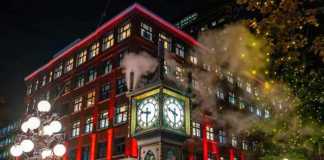It’s my last morning in Labrador Canada. As I have a few hours to fill before taking the ferry back to Newfoundland, I decide to hike part of the Pioneer Trail in Forteau in search of the Overfall Brook Falls.
I quickly discover that hiking in Labrador can be quite a challenge.
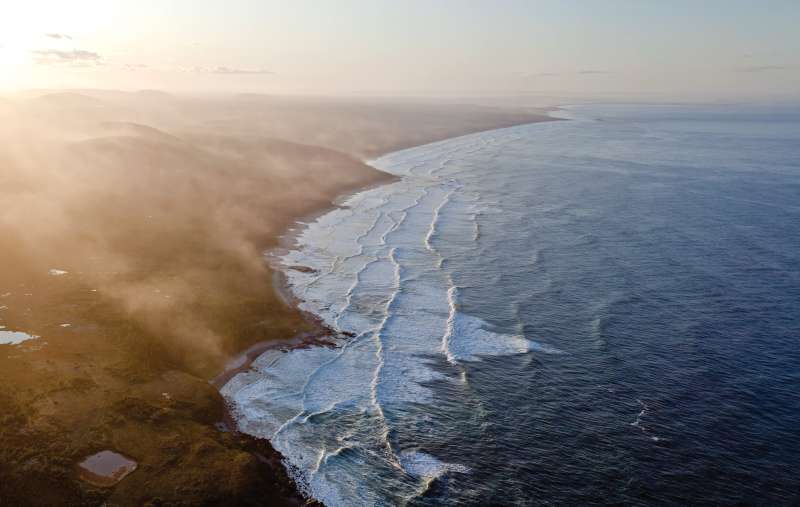
Hiking in Labrador
I start off on a wide path close to the ocean but it soon turns into a single footpath rising steadily upwards.
My heart starts to pound.
A narrow path
I notice that the strip of land between me and the ocean below is not only going higher and higher, it’s also getting narrower.
Suddenly the path narrows to shoulder width.
One side is a rock cliff that goes straight up. The other side is pure air and a long drop to the ocean and rocks below.
Vertigo sets in.
I pray, I swear, I sweat … then inch my way oh-so-slowly around the face of the cliff where the path starts to descend.
Slowly, slowly, the path widens, straightens out and leads to the falls.
I remind myself to breathe.
Eventually, my heart stops pounding and I’m no longer in a cold sweat.
Labrador Pioneer Footpath
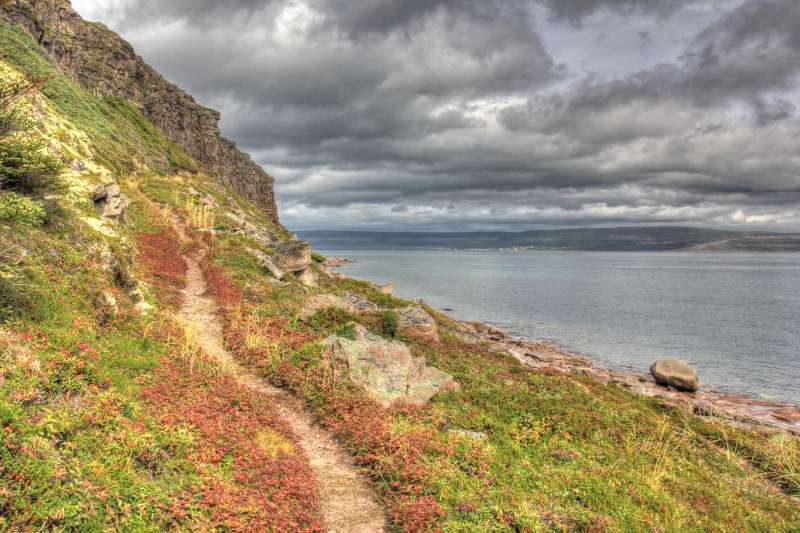
As I get closer to the falls, I meet two guys.
They are on their way to the point past the falls for a boil up. “Join us for some capelin?” one asks.
I’m sorely tempted but having lunch with them would mean missing the ferry.
I thank them, decline, grit my teeth, and head back.
It’s all a bit of a blur, but I make it to the ferry with only 15 minutes to spare.
Mercifully, there are many more hikes along the coast that don’t have a fear factor of 10 out of 10.
In fact, The Labrador Pioneer Footpath connects the communities of L’Anse Au Clair and Pinware and will eventually extend approximately 110km to Red Bay.
Atlantic Canada’s tallest lighthouse
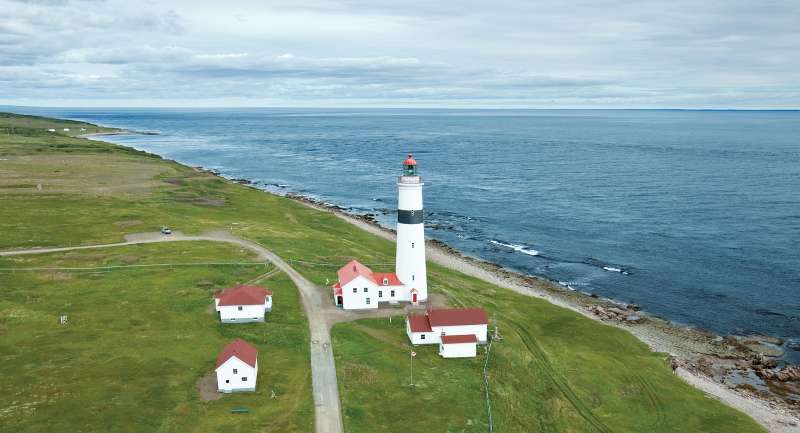
One of the trails takes you to Point Amour Lighthouse – the tallest in Atlantic Canada – which I had visited a few days earlier.
I actually climbed to the top to see the Fresnel light, all 132 steps.
There are eight landings on the way up, each with its own window set deep into thick walls.
The walls are about two meters thick at the base of the lighthouse and gradually taper towards the top.
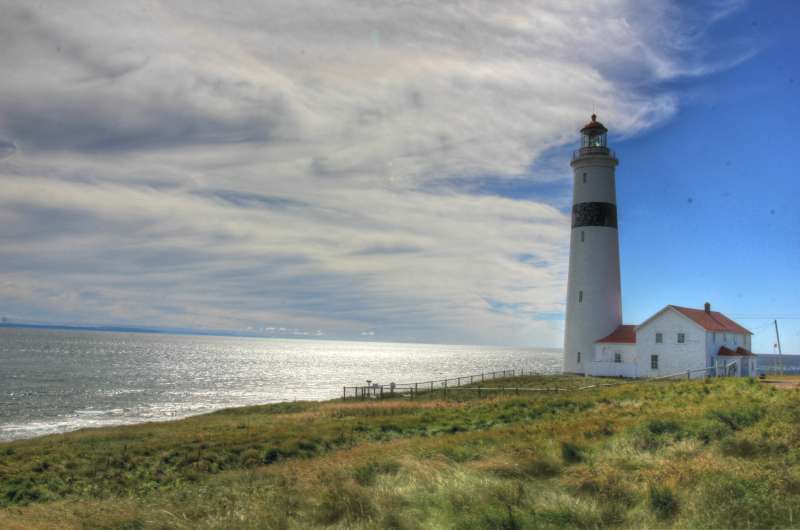
Completed in 1857, the lighthouse fired a signal gun during foggy weather to warn passing ships of the rocky shore.
This required several kegs of gun powder.
In 1878, a steam fog whistle was installed.
It required a lot of fresh water and copious amount of coal to operate.
In 1906 this was replaced by a fog horn which made blasts with compressed air.
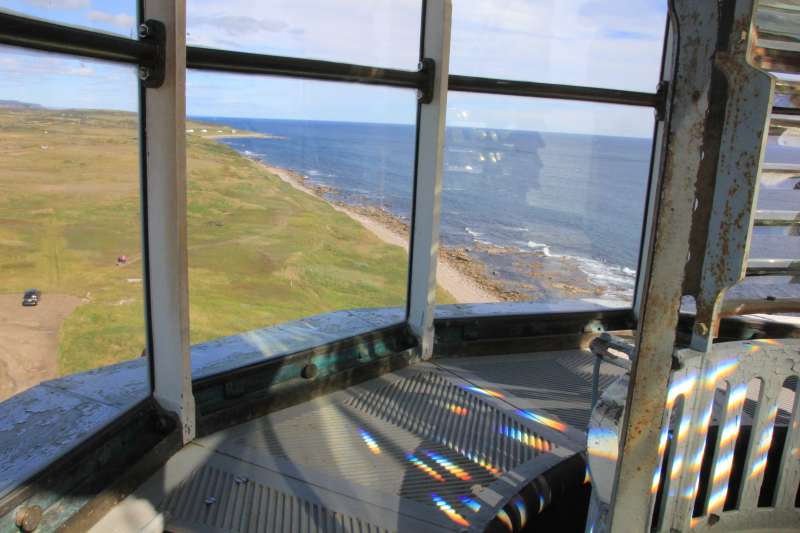
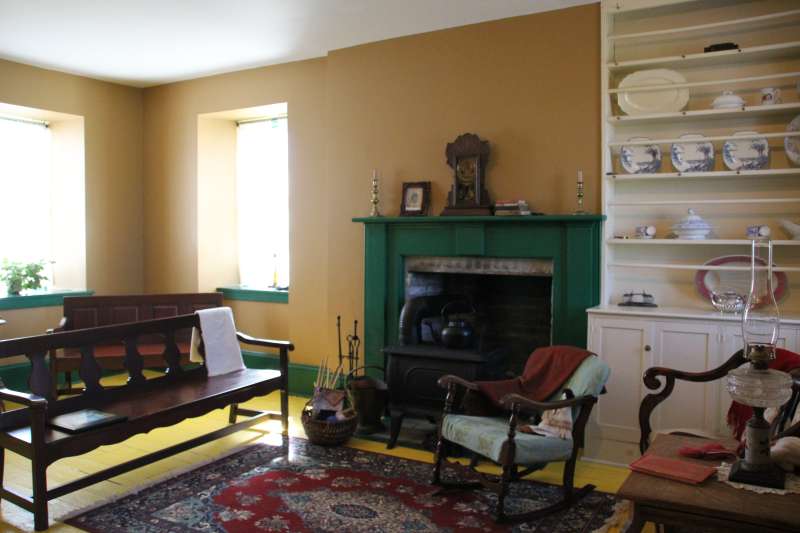
In the bottom of the lighthouse are the original light keeper’s quarters.
It’s arranged in a museum type of setting, with several exhibits, and is well worth browsing about. Close by is another light keeper’s home.
Red Bay
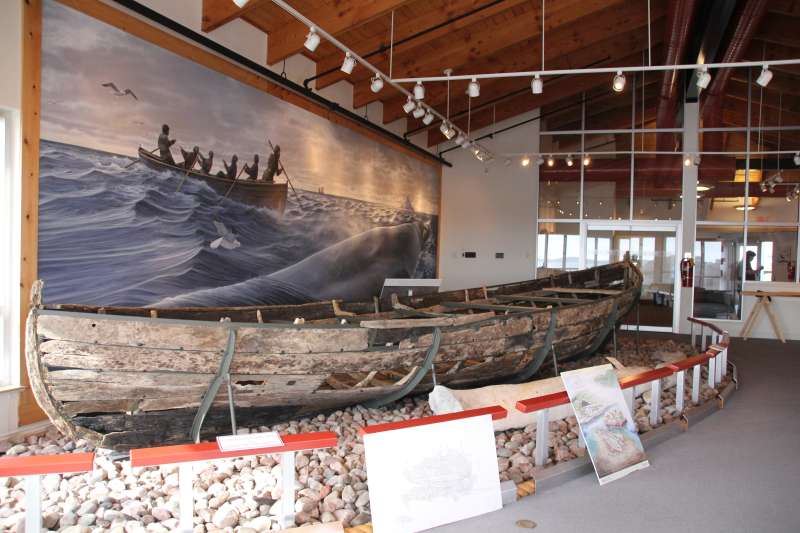
Further north is one of Canada’s National Historic Sites – Red Bay, in the community by the same name.
In the 16th century, as whale oil was a valuable commodity in European markets (used for lamp fuel, paints, varnishes and soap), the Basques from Spain and France created thriving whaling stations up and down the coast of Labrador.
Hundreds of documents—from crew agreements, provisioning lists, and the oldest original will written in the New World—have been discovered and preserved here in Red Bay.
It’s fascinating stuff.
Then, in the late 1970s, underwater archaeologists from Parks Canada located the San Juan, a galleon wrecked in Red Bay in the fall of 1565.
As well, a smaller whaling boat known as a chalupa was discovered, conserved and restored, and is now on display at the interpretive centre.
Note: a replica of the San Juan was built to scale in The Basque in Spain as you read this.
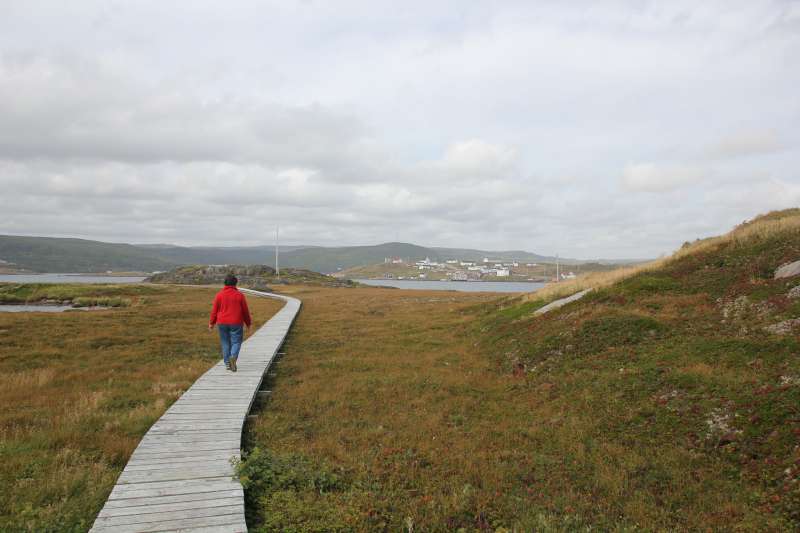
On my last visit to Red Bay, I had the good fortune of meeting site administrator, Cindy Gibbons who asked me if I would I like to go over to Saddle Island and visit the Whaler’s Cemetery? You bet!
As we hiked around the island to the cemetery, Cindy pointed out sites that had been cooperages (where barrel workers lived and worked), and sites where oil was rendered from the whales.
It was an exquisite couple of hours, laced with salt air and lots of stories.
I once read that “A journey is like a person; no two are alike.” So, too, are the hikes along the Labrador coast.
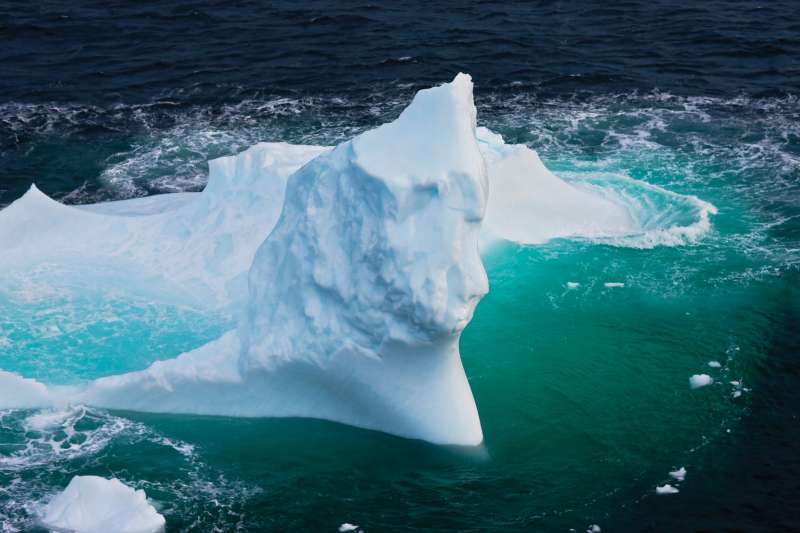
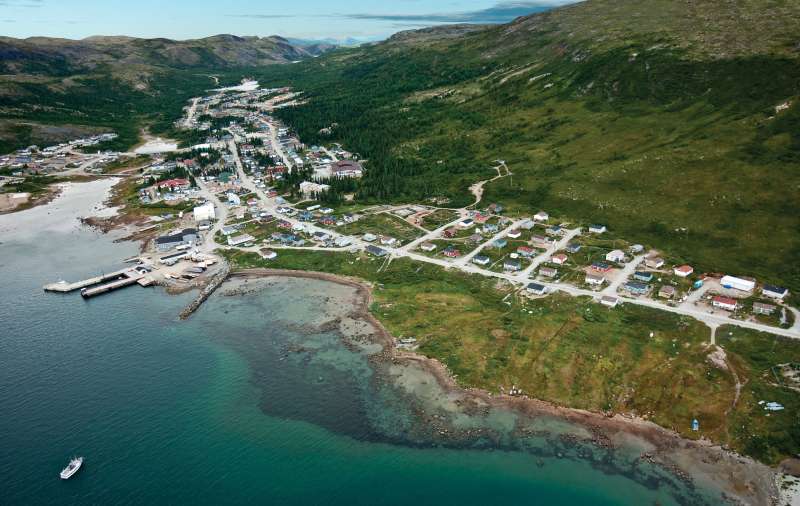
Discover Atlantic Canada
If you enjoyed this story, you might like to read more about Atlantic Canada here:
- Exploring Newfoundland’s Iceberg Alley
- 20 things to do in Nova Scotia
- Strange food of Atlantic Canada
- 5 things to do in St John’s
- 5 Things to do in Peggy’s Cove
Love hiking? Here are some posts you might enjoy:
Plan Your Trip

Rent A Car – Find the best car rental rates at Discover Cars. They compare car hire companies to provide you with the best deal right now.

Find A Hotel – If you’re curious about this article and are looking for somewhere to stay, take a look at these amazing hotels.
